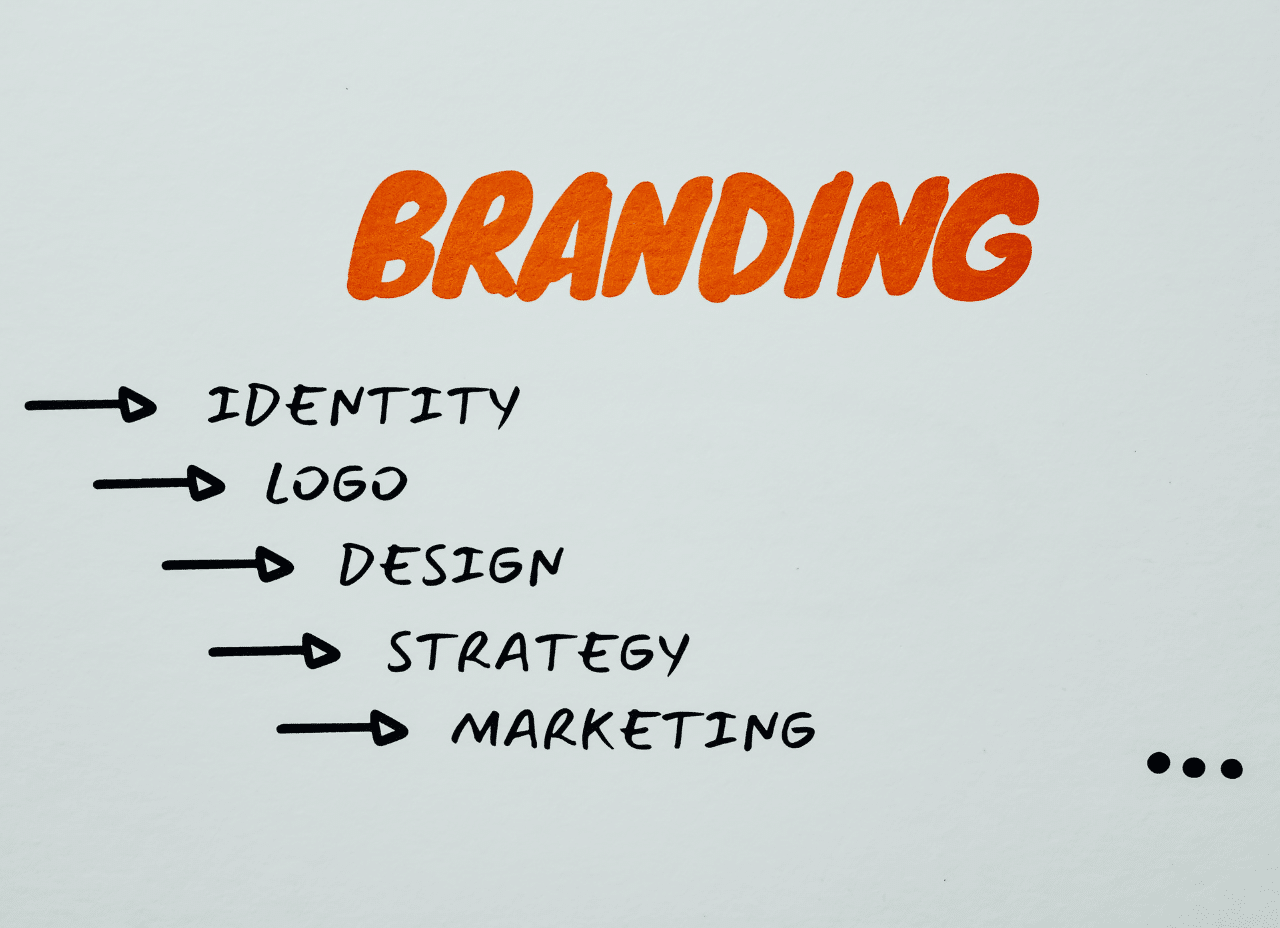While brand marketing and product marketing share a common foundation, they nevertheless admit to fundamental differences in their objectives and methods.
For some, this difference is obvious, but for many it remains vague.
And given its importance to the success or failure of any e-commerce business, it’s important to be clear about the difference between brand and product marketing.

The fundamental difference between brand and product marketing
Communicating on your brand or on a particular product/service is inherently different, but it’s also complementary: it’s very difficult to sell a product in a competitive market without first creating a singular brand image, just as it’s difficult to promote a brand without a strong product that responds well to the demands of its market.
Establishing a brand universe and identity
Brand marketing is the discipline of developing a communication strategy around a concept, a business idea or, in our case, an e-commerce business.
The aim here is to create a strong identity that makes the brand instantly recognizable to the general public.
If we take the Desigual clothing brand, for example, those familiar with the brand will immediately have an image of extravagantly designed, brightly-colored clothing, reminiscent of summer and Spain; in contrast, the Lacoste brand will suggest more subdued, classic, luxurious clothing, imbued with a sporting imagery of tennis and golf.
This imaginary world, unique to each brand, can be applied to any goods or services business.
It can be induced by advertising, product or website design, associated influencers and so on.
Above all, brand marketing aims to position commercial activity in a specific market, by stimulating codes and desires specific to certain people, in order to make them adhere to the brand.
Promoting a product or service
On the other side of the prism, product marketing seems more pragmatic.
It focuses on promoting a specific product.
While the imagination of the brand that markets the product may of course resurface in this promotion (a Dior product is particularly attractive because it is associated with the Dior brand), product marketing will focus on the intrinsic qualities of the product, in particular what problems it solves and how.
In this way, product marketing will remind potential buyers why they covet (or should covet) a certain product, reminding them of the problems that affect them (lack of time, need to belong to a group, health risk, etc.), and then deliver the “fantastic” solution provided by that same product (x times faster, more beautiful, better for your health…).
The focus is then exclusively on the product, its design, its functionalities or its competitive advantages over the competition.
How can you implement effective branding and product marketing for your e-commerce business?

While understanding the differences between brand and product marketing is relatively straightforward, knowing how to use these two concepts for your own e-commerce business can be a little trickier.
However, we’re going to take a look at a few ideas.
Developing your online brand identity
There are as many e-commerce boutiques as there are different markets. If, for example, you’re a boutique selling novelty eyeglass frames (i.e., fairly average competition), and you don’t have a clear competitive advantage based on price, then it’s best to position yourself in a particular niche, such as wooden eyeglass frames.
From there, you need to analyze your competitors: do they have a more offbeat, eco-friendly, minimalist universe?
Then choose the tone you want to set for your brand and your store.
This will of course involve the overall design of the store and its products, but also the tone used in the texts and the keywords on which you wish to position yourself for SEO purposes.
Next comes communication.
Here, the sky’s the limit!
For example, our “boutique de montres de lunettes en bois écologiques” could seek visibility by taking part in a climate action, obtaining certification, appealing to vegan and/or pro-climate influencers, and so on.
If you simply decide to opt for network marketing, you’ll still need to keep the same tone in both the written and visual aspects of your Facebook or Instagram ads.
How do you sell your product/service online?
What a program!
There are a thousand and one ways to promote our beloved wooden frames, but to remain a generalist, a good way to sell your product online is still a well-designed product page, reassuring purchase, delivery and returns conditions and, of course, an effective description.
As mentioned above, a good product description brings out the prospect’s needs, reminding them precisely and suggestively of the “problems” that led them to seek out such a product (the desire to look good, to be remarkable while maintaining an ecological lifestyle…).
The description must then clearly show the solutions to this problem (unique product, support for an association that plants trees or cleans the oceans…) to end with a “call-to-action” inviting the prospect to add the product to his or her shopping cart (here we can play up rarity, urgency, or simply the good deal or good deed).
Technical details are secondary and shouldn’t break the rhythm of the description, except of course in the case of a product sold in B2B, where the specifics of a product will be more important (see for this my article on the differences in communication between B2C and B2B).
In the case of targeted advertising for a particular product, it will always be necessary to highlight the solution to a problem that particularly affects the target audience.
Two opposing yet complementary branches of marketing
While the techniques used by these two branches of marketing are not the same, they are nonetheless complementary, and show how difficult it is to build a long-term reputation by focusing solely on products, without seeking a brand image.
But it’s also difficult to build a long-term reputation by focusing solely on a brand’s identity, without taking into account the specific qualities of the products it sells.
There are exceptions, of course, but for the vast majority of e-commerce stores aiming to establish themselves at least in the medium term, mastery or at least understanding of these 2 marketing components is more than necessary.
I’ve been a Prestashop e-commerce expert for 15 years, and can guide you towards the best communication strategies for both your brand and your products and services.
So don’t hesitate to contact me directly!


